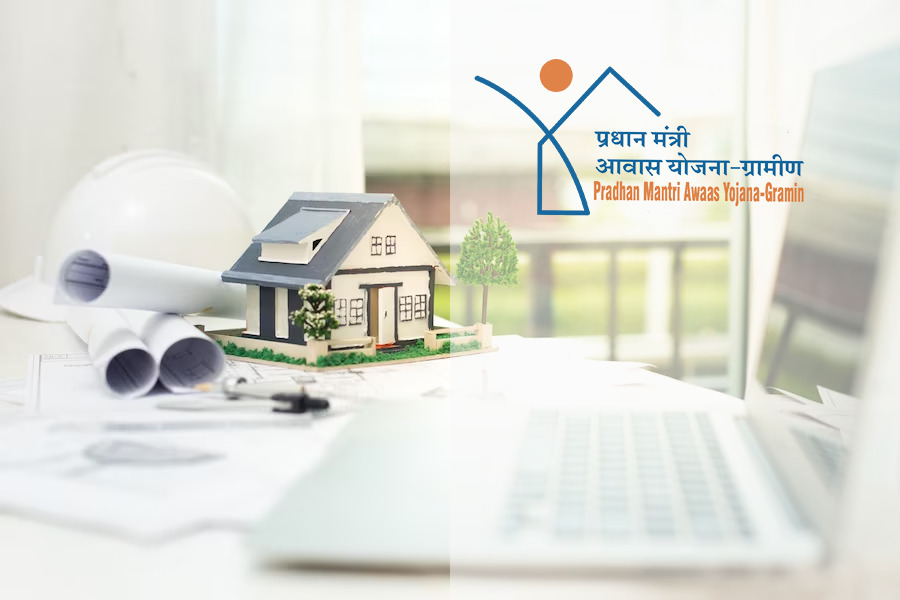In an effort to address the housing needs of the rural population in India, the government introduced the Pradhan Mantri Awas Yojana Gramin (PMAY-G). This flagship program aims to provide affordable and sustainable housing to rural households, thus improving their overall quality of life. In this article, we will delve into the key features, eligibility criteria, and benefits of PMAY-G, highlighting its impact on rural communities across the country.
Objectives of PMAY-G
The primary objective of PMAY-G is to provide pucca houses with basic amenities to those living in rural areas who are either houseless or living in inadequate housing conditions. The program seeks to ensure “Housing for All” by the year 2022, in alignment with the broader national goal. By promoting inclusive and sustainable rural development, PMAY-G aims to uplift the living standards of rural households and reduce poverty.
Eligibility Criteria
To be eligible for the PMAY-G scheme, individuals must meet certain criteria:
a. Household Income: The annual household income should be below a specified threshold, as defined by the government. This criterion ensures that the benefits of the program reach the economically weaker sections of society.
b. Ownership: The applicant should not own a pucca house or any dwelling unit in their name or in the name of any family member in any part of the country. This criterion prevents duplication of benefits and ensures that the assistance is directed towards those in genuine need.
c. Rural Area: The applicant must be a resident of a rural area, as defined by the government. Urban areas are not covered under PMAY-G, as separate schemes cater to urban housing needs.
Key Features of PMAY-G
PMAY-G offers several important features that contribute to its effectiveness and impact:
a. Financial Assistance: Eligible beneficiaries receive financial assistance from the government to construct new houses or make necessary improvements to their existing houses. The amount of assistance varies based on factors such as geographical location and the cost of construction.
b. Direct Benefit Transfer (DBT): To ensure transparency and eliminate middlemen, the funds are directly transferred to the beneficiary’s bank account. This streamlined approach reduces corruption and ensures that the intended beneficiaries receive the full benefits of the scheme.
c. Focus on Marginalized Groups: PMAY-G gives priority to certain marginalized groups, such as scheduled castes, scheduled tribes, and minority communities. This targeted approach ensures that vulnerable sections of society are not left behind in the journey towards inclusive development.
Benefits of PMAY-G
The implementation of PMAY-G has brought numerous benefits to rural communities across India:
a. Improved Living Conditions: The program has significantly improved the living conditions of rural households by providing them with safe and secure housing. The new houses are built with durable materials, ensuring longevity and resilience.
b. Enhanced Social and Economic Empowerment: Access to proper housing has empowered rural households to pursue better livelihood opportunities. It has enhanced their overall social status and enabled them to participate more actively in economic activities.
c. Health and Sanitation: PMAY-G emphasizes the provision of basic amenities, including toilets and access to clean drinking water. This focus on sanitation and hygiene has had a positive impact on the health and well-being of rural communities.
Conclusion
The Pradhan Mantri Awas Yojana Gramin (PMAY-G) has emerged as a game-changer in the realm of rural housing in India. By addressing the housing needs of the economically weaker sections of society, PMAY-G has not only improved living conditions but also contributed to the overall development of rural communities. Through its focus on inclusivity, financial assistance, and provision of basic amenities, PMAY-G has laid a strong foundation for a better and brighter future for rural households in India.


